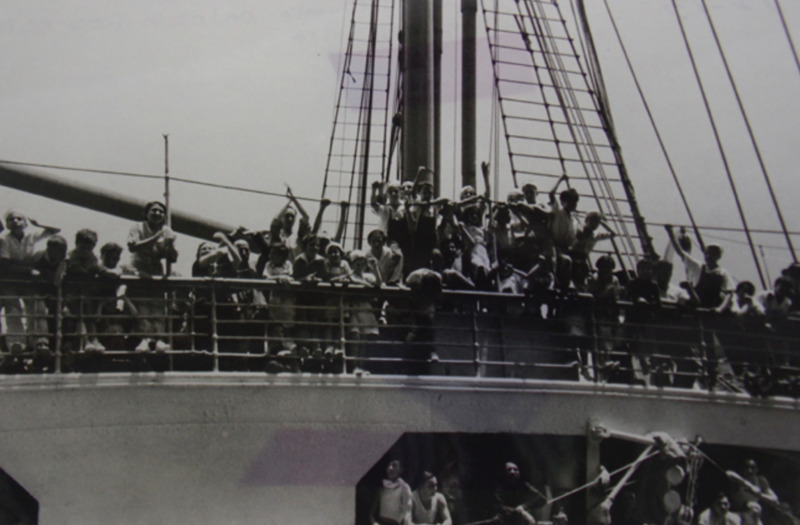Spanish Refugees in Mexico
Spanish Refugees in Mexico
When Spain broke out into civil war in 1936 leaving thousands of Spanish Republicans in need of refuge, Lázaro Cárdenas’ government seemingly seized the opportunity to fulfill Mestizaje as a national project. Shortly after the Spanish Civil War started, the Cardenas administration (1934-1940) declared Mexico’s solidarity with the Spanish Republic and pledged official support to its cause. Just weeks after Franco mutinied, Cárdenas ordered his Minister of War to send a freight of 20,000 rifles and 20 million pieces of ammunition. Throughout the conflict, Mexico continued to offer the Republic support in every imaginable way, fighting in opposition to several major powers of the time. When the Republic was defeated in April of 1939, hundreds of thousands of refugees poured out of Spain. While the Mexican government fought tooth and nail to limit the number of Jewish refugees allowed into the country – as illustrated by the Orinoco just a few months earlier – Cardenas welcomed as many Spanish refugees as possible into Mexican territory. Mexico’s attitude was so welcoming toward the Spanish refugees, that it was on Mexican soil that Spanish political exiles established a Republican government. The government in exile remained in Mexico for 40 years, throughout which Mexico refused to acknowledge Franco’s regime and instead recognized the government in Mexico as the true Spanish government.
In this image, a photograph taken in 1939 of Spanish exiles arriving in Veracruz aboard The Mexique, Spanish boys and girls line the front of the ship, excitedly waving as they wait to disembark. The demographic here is representative of those this particular ship generally transported, as the The Mexique became a ship specifically designated to transport Spanish refugee children a year after the outbreak of the Civil War in 1937. Initially the refugee ship was meant to transport sons of Republicans, but as the war continued and produced more refugees, The Mexique opened up to transporting Republican families. By the end of the war, the ship had transported an estimated 22-30,000 Spanish republican exiles to Mexico, a stark contrast from the 2,000 Jewish refugees total that were allowed to enter Mexico between 1933 and 1945. The excited demeanors of the passengers in this photo reveal that Spanish refugees were not only tolerated, but welcomed into Mexico. The emphasis Cardenas put on Spanish children makes sense, as children of Spanish ancestry would be deemed particularly “desirable” in their ability to assimilate into the Mestizaje national project. The fact that this particular ship, named after Mexico, was the first to transport Spanish refugees is notable, as it serves to connect Mexican and Spanish identity.
In this next image, a photograph taken in 1939 of Spanish exiles who arrived aboard The Mexique boarding trains, depicts the resources Spanish refugees were given upon their arrival. At the ports, there were trains ready to transport Spanish refugees throughout the country. The photograph also shows the massive waves in which these Spanish refugees were arriving. The passengers flood the doc and overflow the trains, indicating that massive numbers of exiles were arriving simultaneously through infrastructure put in place by the Mexican government. Overall, the Mexican reception of Spanish Republican refugees provides a unique context for understanding the country's response to the Jewish refugee crisis. The Mexican government's willingness to provide refuge to Spanish refugees was based on their shared language, culture, and history. However, this welcoming attitude did not extend to Jewish refugees, as the government sought to maintain a policy of "Mestizaje" and feared the perceived threat of foreign influences. In fact, it is possible that Cárdenas’ active role in rescuing and accepting Spanish refugees exhausted Mexico’s capacity to take in other groups in need of asylum. Nevertheless, there was clearly a sharp contrast in the way the Mexican government viewed Spanish and Jewish refugees.

